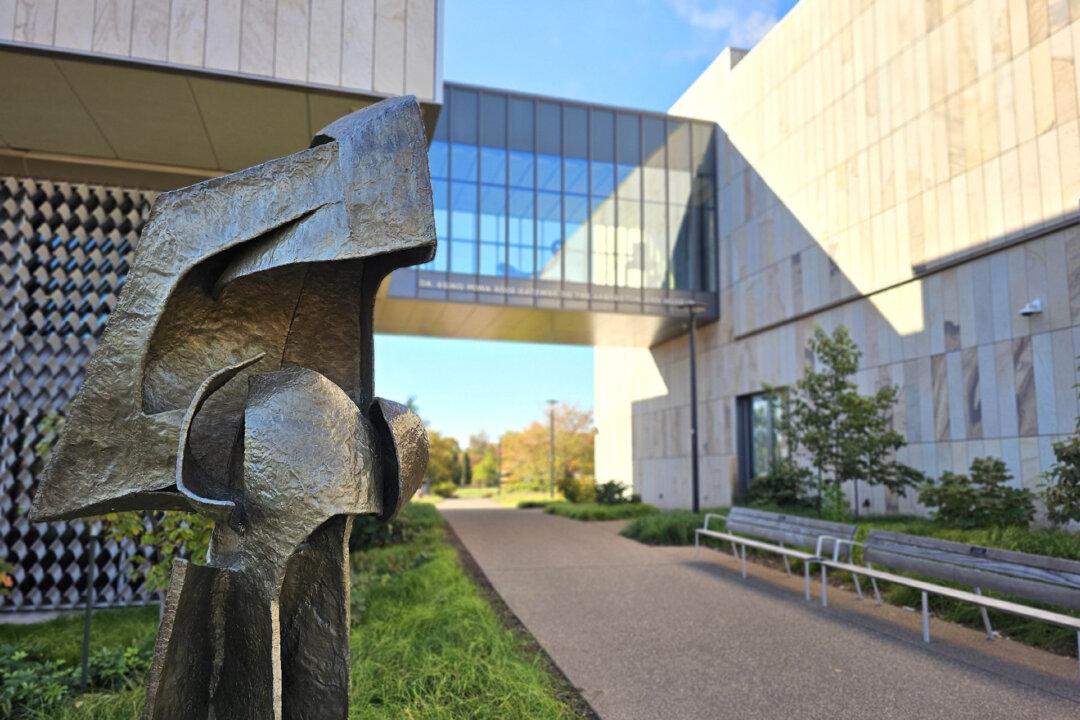Using a paddle to guide my canoe through the rapids of the Allagash River in northern Maine, I thought of those who had passed through that area of unspoiled nature before me. The indigenous Penobscot tribe gave the 65-mile waterway its name, which means “bark stream.” In the 1840s, dams were built to facilitate the shipping of logs to coastal Maine. Not long after, Henry David Thoreau canoed to the source of the river and wrote about the excursion.
Whether paddling a canoe or kayak, boarding a passenger boat, or traversing a body of water another way, history often comes along for the ride. In addition to enjoying the journey itself, stories of the past can enhance the experience and add to the pleasure. From the length of the Mississippi River to Minnesota, from creeks to bayous, opportunities await those interested in combining a water trip with a history lesson.





